Origin: Japan - Kanto.
Period: Edo Era (1603-1868) - 19th.
Dimensions: Height: 105.5 cm; Length: 89 cm; width: 42 cm.
Conditions: Very good general condition.
Kiri's stackable double-door chest represents Kanto's main style, which influenced the regional design of the clothing chest as the daimyo came and went under the kotai sankin system. The articulated doors on the top of the upper part were some of the most unusual tansu features of Kanto designs. Such doors imitated those seen in architecture (for example, in temples) and the similar double doors on domestic sanctuaries that open and close, revealing the deities represented inside. One of these deities was Bodhisattva Kannon, so the double doors were also called kannon-biraki do. The doors had iron hinges, often five on the side, and other clamps crossed the door panel. The iron strap also surrounded the round locking plate in the center of the door. Despite all the iron strap, this tansu was elegantly simple. It is therefore not surprising that Edo furniture was called iki (chic), finding in simplicity and economic design an independent aesthetic and cultural taste that contrasts with the sensitivities of Kyoto.



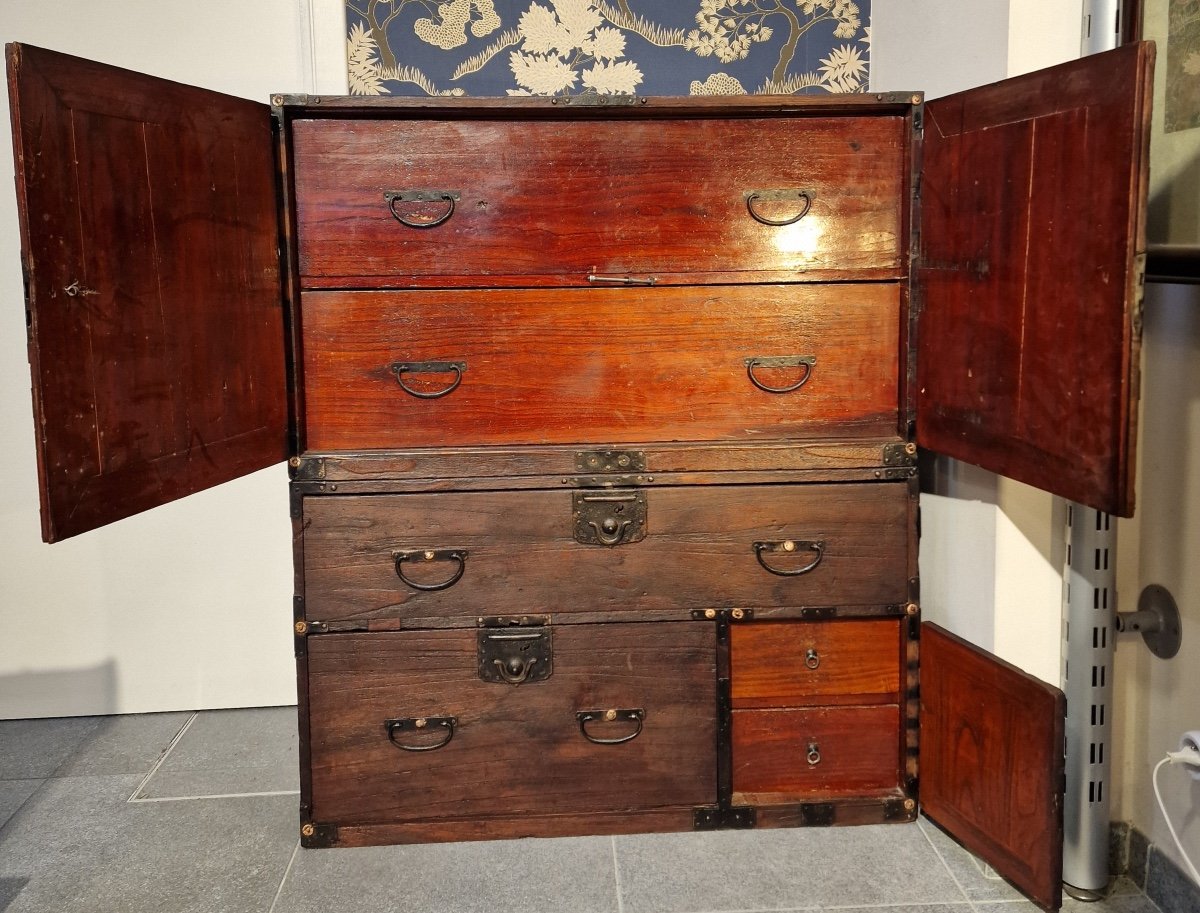

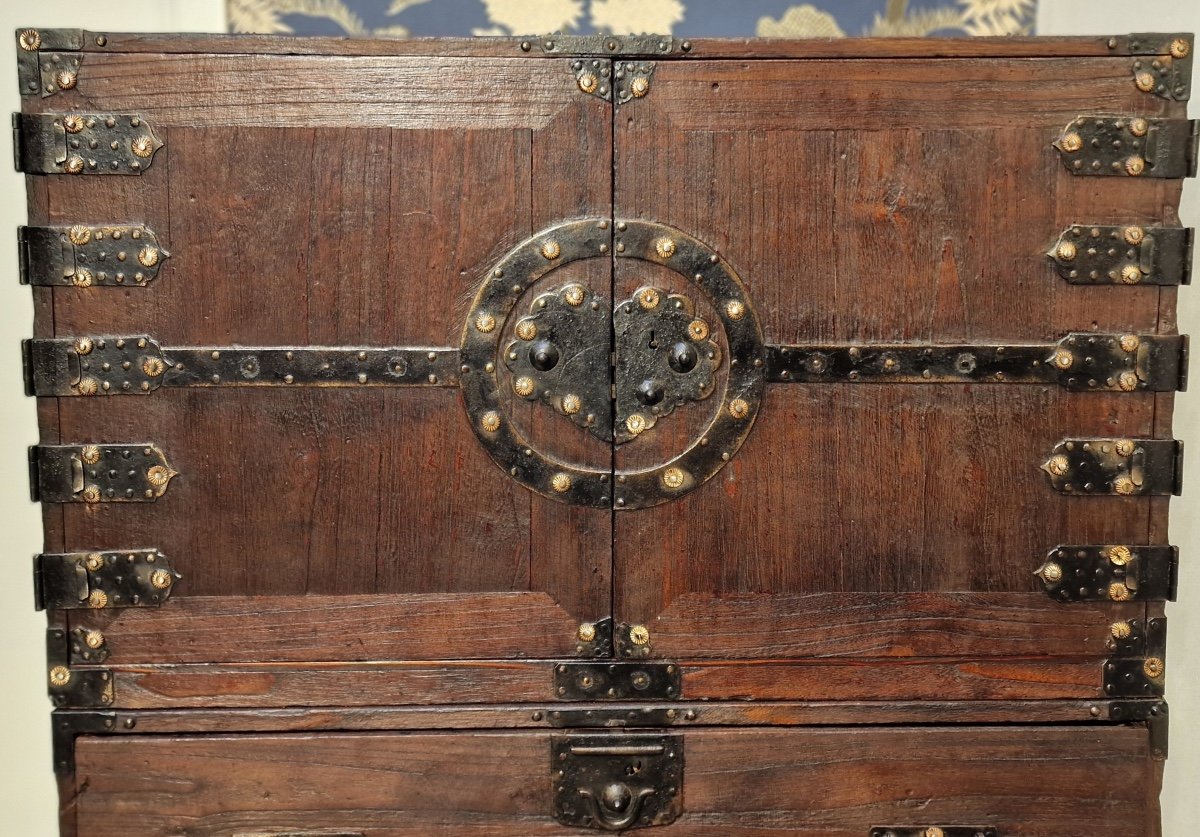

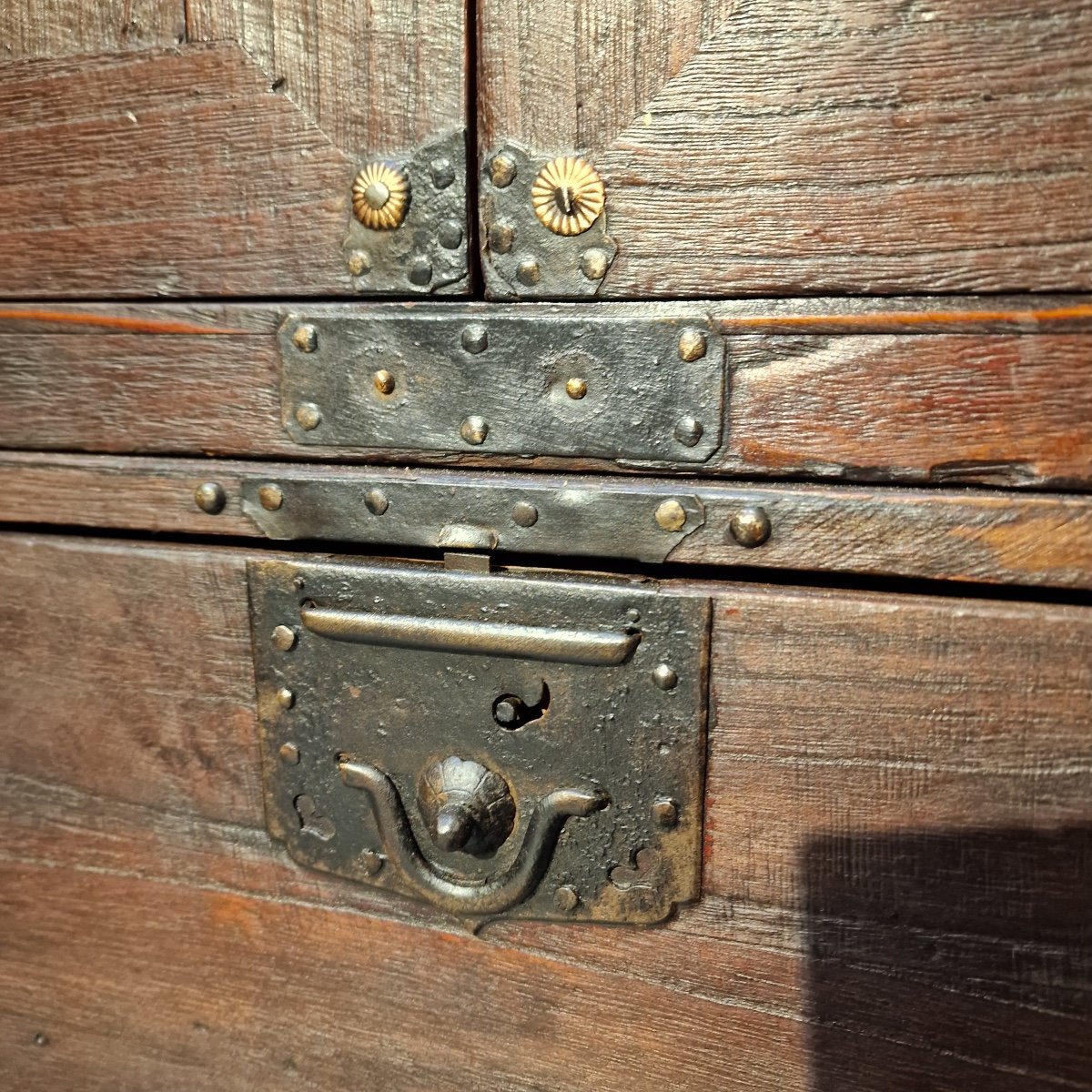









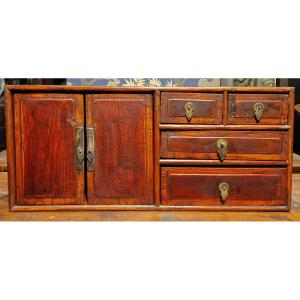




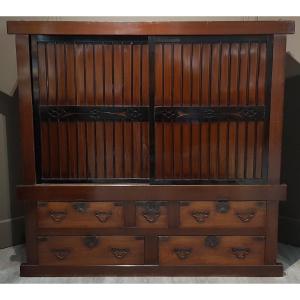


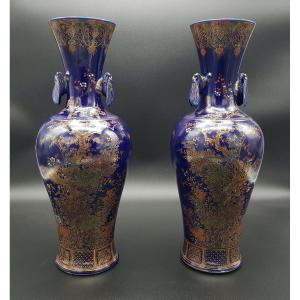

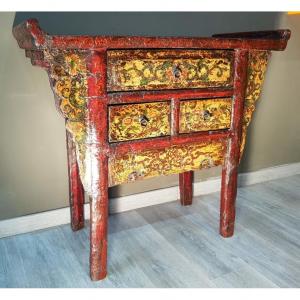

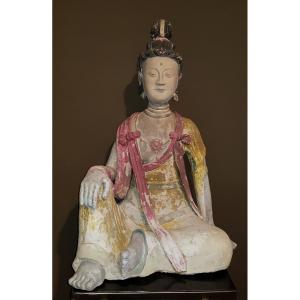










 Le Magazine de PROANTIC
Le Magazine de PROANTIC TRÉSORS Magazine
TRÉSORS Magazine Rivista Artiquariato
Rivista Artiquariato